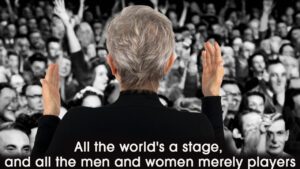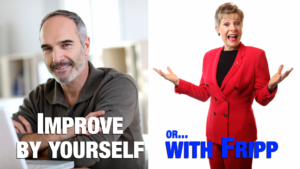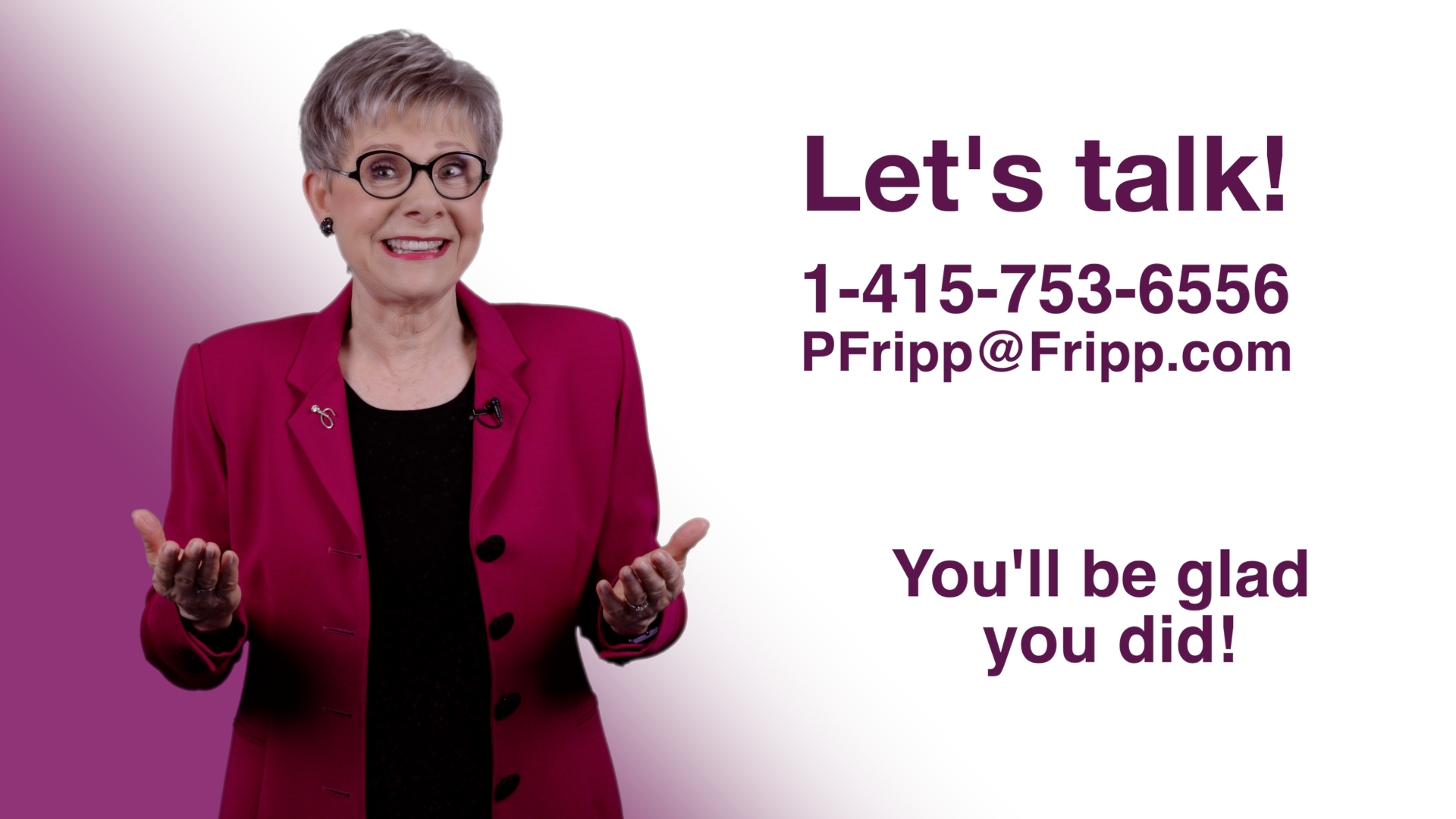If you want your speech to resonate profoundly and earn enthusiastic applause, remember that success depends on what you say and how confidently and naturally you deliver your message. This means beginning your preparations earlier than you think necessary—the French call this “répétition,” emphasizing the importance of rehearsal.
Master your material.

Once you’ve crafted the structure of your presentation, including compelling stories and visuals, it’s essential to internalize your material until it feels second nature. This mastery lets you shift your focus from recalling your following line to genuinely engaging with your audience.
Build rehearsal into your everyday life.
You will never be able to schedule as much rehearsal as much as you need, so make it a part of your routine:
- Practice your presentation as you walk around your office.
- Record, review and refine your presentation. Watching yourself will reveal areas for improvement in both appearance and delivery.
- Exercise your presentation. Try rehearsing on a treadmill, as I often do. This practice engages both sides of your brain, enhancing your ability to think structurally and creatively.
- Practice with Allies. Rehearse with colleagues or friends who have your best interests at heart. If you are lucky, you improve your presentations as a team effort.
Decide your movement strategy. Some presenters like to move, while others stand still. There is a big difference, however, between movement and nervous energy. Have you noticed that some presenters do what looks like a bit of dance in the front of the room? Or put their weight on one leg and then the other? Do not distract from your message with unnecessary movement.
Stand your ground: At the beginning, stand still. This symbolizes the solidity of your ideas and the stability of your company. Again, when you share critical points
The three ways to move: If you study exceptional speakers, you will notice that they employ three types of movement:
- On purpose. When you are moving, it is obvious to the audience that you intend to move.
- On transition. You move between one thought and the next. One of my clients’ transitional lines was “Fast forward seven years.” That was when he would move from one talking point to the other. If you have three or four talking points, feel free to move between each one. When you move, you can use the phrase “The second strategy is . . .” and “The third strategy is . . .”, etc.
- On a movement-specific line. You move to act out your words, such as, “As I walked into your corporate office . . .”
The eyes have it. When you look around the table, use “piece-of-the-pie” eye contact. Deliver your opening line to one person. It will most likely be one of the most important people in the room. Then, look at each person for a thought, an idea, or a phrase. Don’t scan. Communicate your interest and confidence by looking at each of them for at least a few seconds.
Oscar-winning actor Michael Caine says, “Rehearsal is the work; performance is the relaxation.” This reminder proves the ease that comes from thorough preparation. When you see a naturally gifted speaker, chances are they are so well rehearsed that they make it look easy. Follow this advice, and you’ll get there. If you want to get there much quicker, let’s talk.

“Your presentation was masterful. Your coaching is world-class.” Tom Ferry, #1 ranked Real Estate Educator
“Patricia Fripp is a miracle worker and an executive’s best resource.” Larraine Segil, Chairman and CEO of the Exceptional Women Awardees Foundation

